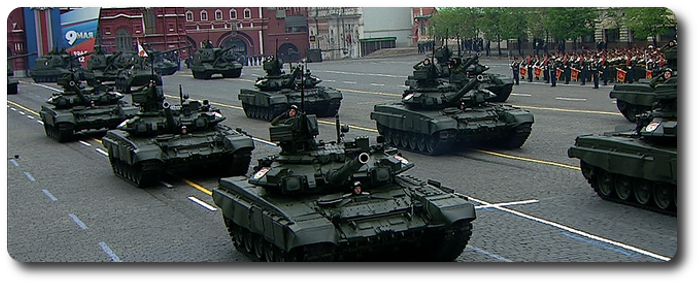Topic: Military Theory

Soviet Principles of Military Art
FM 100-2-1—The Soviet Army; Troops, Operations and Tactics, July 1984
Soviet military theorists consider the following points to be the general principles of military art. They do not represent any special revelation of truth or radical departure from traditional military thought. However, by their emphasis on these particular points, Soviet military leaders reveal the character of their military thinking and predict the basic characteristics of future Soviet military operations.
According to the Soviets, their armed forces must:
- Be fully prepared to accomplish the mission regardless of the conditions under which war begins or must be conducted.
- Achieve surprise whenever possible. Military operations must be characterized by decisiveness and aggressiveness. Forces must strive continuously to seize and to hold the initiative.
- Make full use of all available military assets and capabilities to achieve victory.
- Insure that major formations and units of all services, branches, and arms effect thorough and continuous coordination.
- Select the principal enemy objective to be seized and the best routes for attacking it. Make a decisive concentration of combat power at the correct time.
- Maintain continuous and reliable command and control.
- Be determined and decisive in achieving the assigned mission.
- Maintain complete security of combat operations.
- Reconstitute reserves and restore combat effectiveness as quickly as possible.
These are general principles that apply to all three levels of military art: strategy, operations, and tactics. At each of these levels, there are more specific, detailed principles.
Soviet military thought subscribes to certain "laws of war" at the strategic level, and "principles of operational art and tactics" which apply to the actual conduct of combat.
The Laws of War
First Law: The course and outcome of war waged with unlimited employment of all means of conflict depends primarily on the correlation of available, strictly military combatants at the beginning of war…
Second Law: The course and outcome of war depend on the correlation of the military potentials of the combatants.
Third Law: (The) course and outcome (of war) depend on its political content.
Fourth Law: The course and outcome of war depend on the correlation of moral-political and psychological capabilities of the peoples and armies of the combatants.
Marshal Sokolovsky
Military Strategy
In simpler terms, these laws mean the following:
- First Law: Be prepared. Prepare in peacetime for the next war. Forces-in-being are the decisive factors. The side with the most and best troops and equipment at the start of war will win the war.
- Second Law: The side which can best sustain a protracted war will win the war.
- Third Law: The higher the political stakes of a war, the longer and more violent it will be.
- Fourth Law: War aims must be seen as just. Modem war cannot be waged without public support.
Soviet planning and preparation for war reflect a dominant feeling that war is inevitable. This is not to say that the USSR wants war, but that it is preparing for it continuously.
The Soviet state is autocratic, militarized, and centralized. Its political and economic systems give priority to military requirements. The state allocates resources and directs production for preparation and maintenance of a war footing.
The preparation of a nation for war is accomplished along three main lines:
- the preparation of the armed forces,
- the preparation of the national economy,
- and the preparation of the population.

